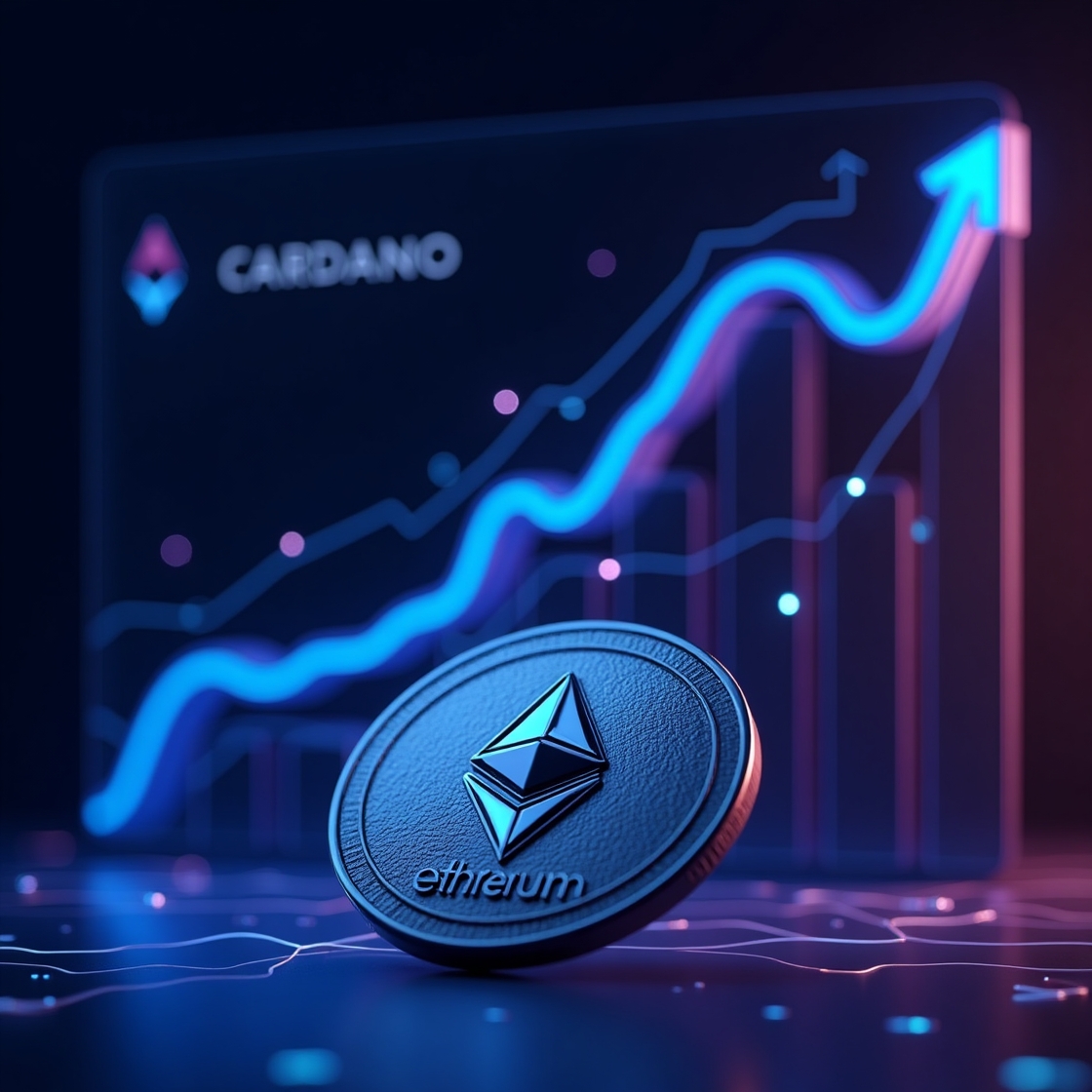How Gaming Tokens Are Disrupting Traditional In-Game Economies
The gaming industry has long thrived on complex in-game economies—from gold farming in MMORPGs to digital marketplaces in shooters and strategy games. But traditionally, these virtual economies have been closed systems, tightly controlled by game developers. Players could spend real money to acquire in-game assets, but rarely could they extract value back into the real world. That dynamic is rapidly changing with the emergence of gaming tokens, blockchain-based assets that are shaking up how value is created, exchanged, and owned within virtual worlds.
In 2025, gaming tokens are no longer a novelty—they’re a revolution. By decentralizing in-game economies and enabling player-owned assets, these tokens are empowering gamers in unprecedented ways, and challenging the foundations of how games monetize engagement.
What Are Gaming Tokens?
Gaming tokens are digital assets, usually built on blockchain networks like Ethereum, Solana, or Polygon, that represent in-game currencies, characters, items, or even land. Unlike traditional game assets, which are stored in a centralized database and controlled by the game publisher, gaming tokens are:
- Verifiably owned by players on a blockchain
- Interoperable, potentially usable across different games or platforms
- Tradable on open markets for cryptocurrencies or fiat
- Immutable, meaning no one—not even the developer—can arbitrarily delete or alter them
These tokens come in two main forms:
- Fungible tokens: Represent general-purpose currency in a game (e.g., $SAND in The Sandbox, $AXS in Axie Infinity).
- Non-fungible tokens (NFTs): Represent unique in-game items like characters, skins, weapons, or parcels of virtual land.
The Shift from Closed to Open Economies
Traditionally, in-game economies have followed a closed-loop model. Players spend real money to buy in-game currency or items, but can’t convert those assets back to real-world value. Even high-level accounts or rare items can be banned or wiped at the whim of developers.
Gaming tokens challenge this model by enabling true digital ownership. When players own assets on-chain, they can freely trade, lend, or sell them outside the game environment. This dynamic gives rise to open economies where market forces—not just developer rules—determine value.
This shift mirrors the broader Web3 ethos: decentralization, user empowerment, and transparency.
Real-World Value and Play-to-Earn (P2E)
One of the most revolutionary ideas enabled by gaming tokens is Play-to-Earn (P2E)—the ability to earn real income through gameplay. In P2E models, players are rewarded with fungible tokens or NFTs that hold real-world value and can be exchanged for other cryptocurrencies or fiat currency.
For example, in Axie Infinity, players can breed, battle, and trade NFT creatures called Axies. In some regions, especially during the pandemic, players were earning more from the game than from local jobs. This phenomenon sparked the rise of “crypto gaming guilds,” organizations that sponsor players by lending them NFTs in exchange for a share of their earnings.
While the P2E hype cooled during the 2022–2023 bear market, newer models like Play-and-Earn or Play-and-Own are emerging, offering more sustainable economic designs focused on long-term engagement rather than short-term profits.
The Benefits of Tokenized Economies
Gaming tokens offer a range of benefits to both players and developers:
For Players:
- Ownership: Players truly own their items and can take them outside the game.
- Liquidity: Items and currencies can be traded on secondary markets for real value.
- Interoperability: Assets can potentially be used across multiple games or platforms.
- Incentivization: Players can earn income for their time and skill, not just entertainment.
For Developers:
- New revenue streams: Royalties on secondary NFT sales, token staking, and decentralized marketplaces.
- Community building: Token economies incentivize loyalty, engagement, and even governance via DAOs.
- Reduced fraud: Blockchain transparency reduces cheating, duping, and item scams.
Challenges and Controversies
Despite their potential, gaming tokens also face several challenges:
- Regulatory uncertainty: Are gaming tokens securities? How should taxation work? Global regulations are still catching up.
- Sustainability concerns: Many early P2E models collapsed due to unsustainable token inflation and economic imbalance.
- Barrier to entry: Wallet setups, gas fees, and crypto jargon can intimidate mainstream gamers.
- Community backlash: Some traditional gamers and developers view NFTs and tokens as exploitative or unnecessary.
The backlash reached a peak in 2022, when major game studios like Ubisoft and EA faced criticism over their NFT plans. However, others like Square Enix and Animoca Brands have doubled down on Web3 gaming, confident in its long-term potential.
Examples of Disruptive Gaming Projects
Several projects are leading the charge in transforming gaming economies:
- Illuvium: An open-world RPG where players earn and trade NFT creatures and items.
- The Sandbox: A metaverse where users buy virtual land and create experiences, powered by the $SAND token.
- Gods Unchained: A blockchain-based trading card game that allows players to truly own and trade their cards.
- Big Time: A multiplayer RPG with cosmetic NFTs that can be collected and sold.
These projects illustrate the range of economic experimentation happening at the intersection of gaming and blockchain.
Looking Ahead: The Future of Tokenized Gaming
As technology matures and user experience improves, the integration of tokens into gaming will likely feel less disruptive and more seamless. We may see hybrid models where tokens enhance, rather than replace, existing economies. The next wave of success will come from games that are genuinely fun first—with tokenomics as a value-added layer, not the core appeal.
Furthermore, as interoperability grows, the idea of a shared metaverse economy—where items and tokens move across multiple virtual worlds—may become a reality. Gaming will no longer be siloed entertainment; it could be a decentralized economic layer where play, work, and creativity merge.
Final Thoughts
Gaming tokens are not just a trend—they’re a paradigm shift. By turning players into stakeholders and creating open, tradable economies, these blockchain-based assets are reshaping how value flows in digital worlds. While there are hurdles to overcome, the long-term potential is vast. The question is no longer if gaming tokens will change the industry—but how fast and how far that transformation will go.




Post Comment